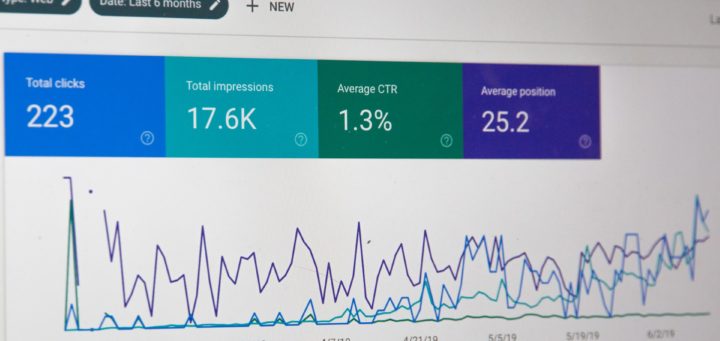A competitive analysis will not only help you understand your competitors and their strengths and weaknesses, but it will also help you to draft up your businesses’ own value proposition and inbound marketing plan, and will teach you how to influence competitor behaviours to your advantage.

One of the first places to start your competitive analysis is with SEO: where are your competitors ranking, how are they getting those rankings, and how can you compete for those rankings? To help you find the answers to these questions and more, you’ll need to understand details about their content, the quality of their content, and their website structure.
Content
The first step of inbound marketing is to “Attract“: through a number of online publications such as blogging, whitepapers, eBooks, offers, videos, and more. The more content you have, the more likely you’ll earn higher visibility online – and the same goes for your competitors.
Start by doing some competitive keyword research: take a number of your target keywords (8 – 10) and review the search results for those words: do your same competitors keep showing up, time and again, for each of these target keywords? Keep a list of the top 5 competitors showing up for each keyword and take a thorough look through their sites, noting the following details:
- Meta Title
- Meta Descriptions
- Meta Keywords
- Are they Social?
Knowing their meta data and how they are referencing keywords in their content is the first step to understanding how to compete with them. Paid tools like SEMRush can help you to get insights into your competitors’ strategies in display advertising, organic and paid search, and link building.
Reviewing their social media presence and how engaged they are with their audience is another important step to take, as this area can potentially be low hanging fruit for you to compete with.
Quality of Content
We’ve said it time and again: if you’re going to invest time in content marketing, it better be some high quality stuff…and the same goes for your competitors. Is their content authoritative? Ie: is it well-written, shareable, and contains visible link-building efforts? Using a tool like BackLinkWatch is a free way to understand all of the behind-the scenes link-building your competitors have gone through, via directories, forums or links to blog posts, etc. The results of this research will help you to understand the type of content that you might want to focus on, and how you should be promoting it. It may also help you to see any gaps in content production that you can easily address.
Site Structure
The site structure review of your competitors’ sites duplicates some of the work from the Content analysis. You’ll want to understand the structure of their meta data, and their on-page keyword targeting within titles, descriptions, headings, URLs and image alt tags. Do they also make use of XML sitemaps? Are they using redirects for error pages? Are they closing off irrelevant pages with robotx.txt files? Take advantage of any of these gaps in your competitors’ site structure, and use your SEO-savvy-ness to improve yours.
Moz.com has a great SEO Competitive Analysis Workflow, which is a step-by-step workflow ith the different activities and factors to take into consideration, including identifying SEO competitors, gathering the potential keywords to target, assessing their level of difficulty, and selecting them based on defined criteria:

Conclusion
Depending what you want to get out of your competitive analysis, you may choose to spend more time on one aspect of your analysis than another, but the three steps above will allow you to get started on the lowest hanging fruit. The most important thing to note is that competitive analysis should be continually monitored and assessed, just like a regular SEO strategy. By keeping an eye on your competitors, you’ll be able to constantly assess what they are doing right, and what they could be doing wrong, and where you can fill the gaps and take over your share of the market.
To understand a listing of the most common myths and assumptions about how SEO works, check out our latest eBook:


